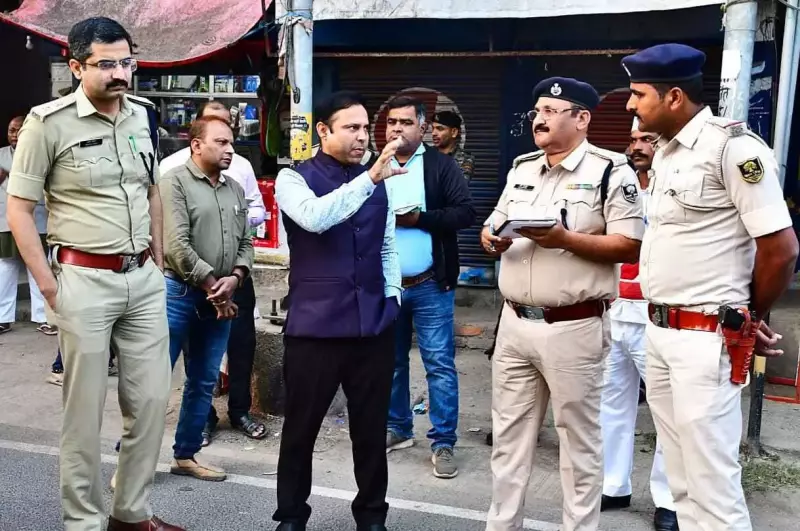
Rural Women Electors Set New Voting Benchmark in Bhagalpur
In a remarkable democratic display, women voters from rural and semi-urban areas of Bhagalpur district have demonstrated significantly higher electoral participation compared to their urban counterparts during the recent assembly elections. This surprising trend has challenged conventional assumptions about voter awareness and engagement patterns across different demographic segments.
The voting data reveals a stark contrast between urban and rural women's participation. Bhagalpur city women, traditionally considered more educated and politically aware, recorded the lowest turnout at just 55.44%, while rural constituencies witnessed enthusiastic participation from female electors.
Constituency-wise Voting Breakdown Shows Clear Pattern
The Kahalgaon assembly constituency, comprising largely rural areas with some semi-urban pockets, emerged as the leader in women's electoral participation. This constituency registered an impressive 76.32% women turnout compared to 70.12% for men, resulting in an overall voting percentage of 73.09%.
Other rural constituencies followed similar patterns. Pirpainty constituency recorded 74.47% women turnout against 69.15% for men, with overall polling at 71.12%. Nathnagar ranked third with 72.38% women and 70.77% men voting, achieving total turnout of 71.55%.
The trend continued in Gopalpur with 70.90% women participation compared to 67.59% for men, while Sultanganj, another predominantly rural area, recorded 68.14% women turnout. Bihpur witnessed 67.20% women participation against 64.05% men.
Statistical Evidence Highlights Rural Women's Enthusiasm
Election officials provided detailed numbers that underscore the voting enthusiasm among rural women. In Kahalgaon, 1,65,214 women and 1,25,500 men exercised their franchise from 3,44,263 eligible electors.
Pirpainty followed closely with 1,66,379 women and 1,23,000 men casting their votes from 3,44,278 electors. Nathnagar, with 3,37,173 voters, recorded 72.38% women participation, while Gopalpur had 2,76,091 electors with 70.90% women turnout.
In stark contrast, Bhagalpur city remained at the bottom with only 55.44% women turnout. Official data shows that approximately 93,200 women and 1,03,300 men cast their votes in Bhagalpur assembly constituency from 3,43,992 eligible voters.
Local Perspectives on the Voting Phenomenon
Local women in Bhagalpur acknowledged the heightened enthusiasm among rural voters. Sangita Sinha, Rekha Devi and other residents observed that women in villages appeared more determined to cast their votes compared to urban women.
Neelam Devi, a social worker, attributed the higher rural turnout to women-centric welfare schemes introduced by Prime Minister Narendra Modi and Chief Minister Nitish Kumar. She emphasized that empowerment schemes have encouraged rural women to step out and participate actively in the democratic process.
According to the district election office, Bhagalpur has 22,18,492 electors comprising 11,43,917 men, 10,74,488 women, 87 third-gender voters, 21,749 persons with disabilities and 29,093 voters aged above 80 years.
Administrative Response and Future Preparations
District election officer-cum-district magistrate Nawal Kishor Choudhary expressed satisfaction with the peaceful polling and improved turnout. He confirmed that authorities have geared up for the counting process scheduled for Friday.
Choudhary added that tight security arrangements had been reviewed along with senior superintendent of police Hriday Kant and other officials to ensure smooth electoral proceedings.
This significant shift in voting patterns highlights the evolving political consciousness among rural women in Bihar and underscores the importance of grassroots empowerment initiatives in strengthening democratic participation across all sections of society.





